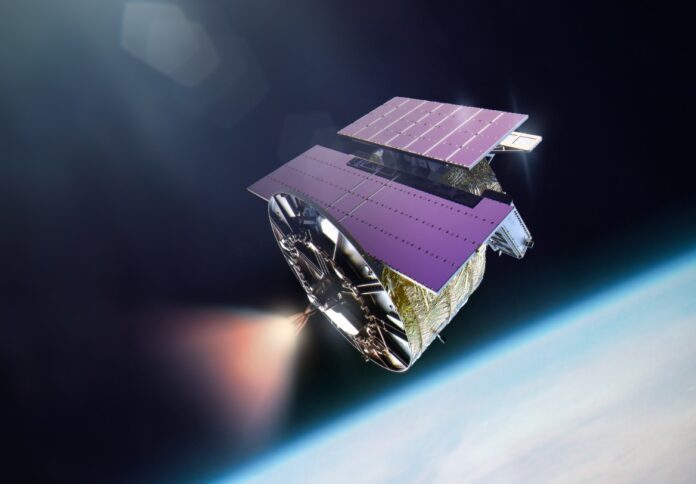
Space Machines Company, an Australian enterprise specialising in orbital logistics and services, is set to launch their first orbital service vehicle (OSV), Optimus, powered by Boreas X90, a Digital Fibre-Optic Gyroscope (DFOG) Inertial Navigation System (INS) developed by Advanced Navigation.
Optimus, described as a “space taxi” and “roadside assistance” in orbit, stands out as the largest single satellite ever produced in Australia, Advanced Navigation revealed in a media release.
Rajat Kulshrestha, founder and CEO of Space Machines, emphasised the importance of precision navigation in orbit, likening Optimus to a crucial roadside assistance provider for space vehicles and satellites.
He said the deployment of Advanced Navigation’s Boreas X90 ensures that Optimus can deliver on-demand orbital services, including repairs, refuelling, and upgrades, effectively extending the lifespan of critical space assets and contributing to a more sustainable space environment.
According to the Sydney-based manufacturer, the launch of Optimus underscores the growing importance of OSVs in managing the challenges posed by increasing orbital debris and the exponential growth of satellites in Earth’s orbit.
With Advanced Navigation’s Boreas X90 INS at its core, the company said Optimus represents a significant step forward in advancing Australia’s space capabilities and solidifying the country’s position in the global space industry.
In particular, the lightweight and compact design of the Boreas X90 not only ensures cost savings but also enables increased payload capacity, further enhancing the mission capabilities of OSVs like Optimus.
“The Boreas X90 represents a leap into the future of autonomous space navigation, setting new standards in precision and reliability for long-endurance space missions,” Advanced Navigation R&D Manager Jarrod Stilp remarked.
To enhance space operations and foster sustainability in the Earth’s orbit, companies such as Space Machines and Advanced Navigation are leading the charge with the deployment of Orbital Service Vehicles (OSVs) equipped with advanced inertial navigation systems.
Rajat Kulshrestha underscored the transformative potential of these advancements, stating, “As the space economy expands, we anticipate a shift towards on-orbit servicing and OSVs, revolutionising how we approach space infrastructure management.”
He concluded, “This transition may also herald a move towards resource conservation in space, mirroring our sustainability efforts on Earth.”




















